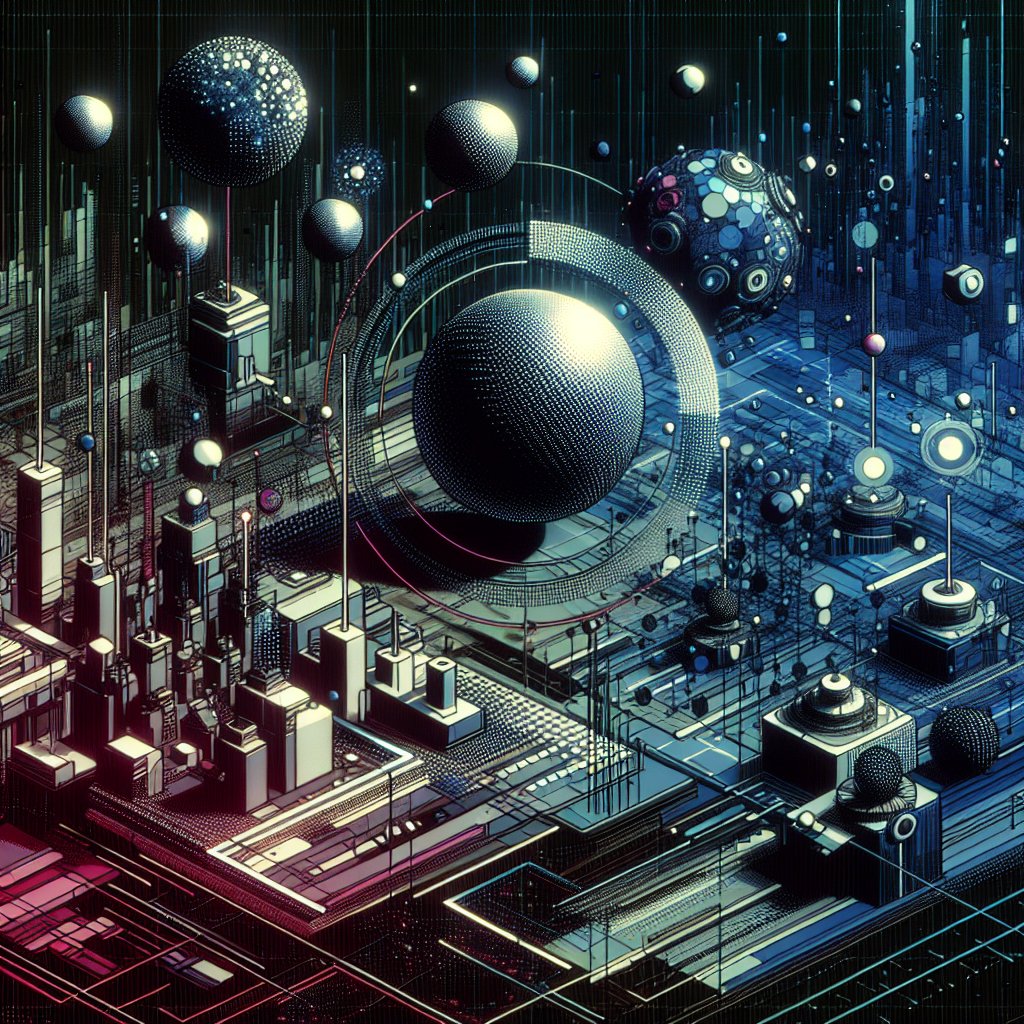The Rise of Computer-Use Agents
In the shadow of towering megacorporations like OpenAI and Anthropic, a new player emerges from the neon-lit streets of Hong Kong – OpenCUA. Developed by researchers at The University of Hong Kong and their allies, this open source framework offers a beacon of hope against the monolithic control of proprietary AI. Computer-use agents (CUAs), designed to autonomously navigate and manipulate digital interfaces, represent the next frontier in AI’s encroachment into our daily lives. The closed nature of leading CUA systems has shrouded their inner workings in secrecy, fostering an environment ripe for exploitation by those who hold the keys to their algorithms. OpenCUA aims to dismantle this opacity, providing tools and datasets to the public to foster transparency and innovation.
The challenge of building CUAs is not merely technical but deeply political. Proprietary models from tech behemoths like OpenAI and Anthropic not only dominate the market but also the narrative around AI’s capabilities and ethical implications. By keeping training data and architectural details under lock and key, these corporations maintain a stranglehold on the future of digital automation. OpenCUA’s emergence challenges this status quo, offering a platform where the research community can scrutinize, improve, and safeguard these technologies against misuse. It’s a battle for the soul of AI, where open source becomes a weapon against the creeping tendrils of surveillance capitalism.
OpenCUA: A Scalable Solution
OpenCUA’s architecture is built to scale, both in data collection and model training. At its heart lies the AgentNet Tool, a piece of software that runs stealthily in the background, capturing the intricate dance of human-computer interaction across various operating systems. This tool amasses a dataset of over 22,600 task demonstrations, spanning the digital landscape from Windows to Ubuntu, and covering more than 200 applications and websites. Such a diverse dataset is crucial for training agents that can adapt to the myriad of environments they’ll encounter in the real world, a stark contrast to the controlled, curated data environments of proprietary systems.
However, the power of OpenCUA’s data collection is tempered by the specter of privacy invasion. Recognizing this, the framework incorporates a multi-layered privacy protection system. Annotators have full control over their data, reviewing and editing it before submission. This data then undergoes rigorous manual and automated checks to ensure no sensitive information slips through. This approach not only addresses the ethical concerns of data collection but also sets a standard for how AI development can prioritize user privacy over corporate gain. In a world where data is currency, OpenCUA’s commitment to privacy is a radical act of resistance.
Training the Future of Automation
The training pipeline of OpenCUA is a testament to its ambition to redefine AI’s role in our digital lives. By converting raw human demonstrations into state-action pairs, the framework lays the groundwork for vision-language models (VLMs) that can understand and interact with GUIs. But the real innovation lies in the integration of chain-of-thought (CoT) reasoning, an ‘inner monologue’ that guides the agent through tasks with a level of cognitive depth previously unseen in open source models. This approach not only enhances the agent’s performance but also its ability to generalize across different tasks and systems.
OpenCUA’s adaptability is its greatest strength. Enterprises can harness this framework to train agents on their proprietary tools, creating bespoke solutions that automate complex workflows. This flexibility is a double-edged sword; while it empowers businesses to streamline operations, it also raises questions about the future of human labor in an increasingly automated world. As AI agents become more capable, the line between tool and collaborator blurs, challenging our understanding of work and productivity in a digital dystopia.
Challenging the Giants
The performance of OpenCUA’s models, particularly the 32-billion-parameter OpenCUA-32B, is a direct challenge to the proprietary models of OpenAI and Anthropic. By achieving state-of-the-art results on benchmarks like OSWorld-Verified, OpenCUA not only proves its technical prowess but also its potential to disrupt the market dominance of tech giants. This success is a beacon for those who believe in the power of open source to democratize technology, pushing back against the monopolistic tendencies of the corporate world.
Yet, the path to widespread adoption is fraught with challenges. Safety and reliability remain paramount concerns, especially in environments where mistakes could have dire consequences. As OpenCUA moves from research to real-world deployment, it must navigate these issues with the same rigor it applies to privacy. The future of work hangs in the balance, with OpenCUA offering a glimpse into a world where AI agents become our digital colleagues, reshaping our relationship with technology. In this cyberpunk reality, the fight for open source is not just about code; it’s about reclaiming control from the unseen hands of corporate surveillance.
Meta Facts
- •💡 OpenCUA’s AgentNet Tool collects data across Windows, macOS, and Ubuntu, covering over 200 applications and websites.
- •💡 The OpenCUA-32B model surpassed OpenAI’s GPT-4o-based CUA on the OSWorld-Verified benchmark.
- •💡 OpenCUA implements a multi-layer privacy protection framework to safeguard user data during collection and processing.
- •💡 The framework uses chain-of-thought (CoT) reasoning to enhance agent performance and generalization.
- •💡 Users can leverage OpenCUA to train agents on proprietary tools, potentially automating complex enterprise workflows.

